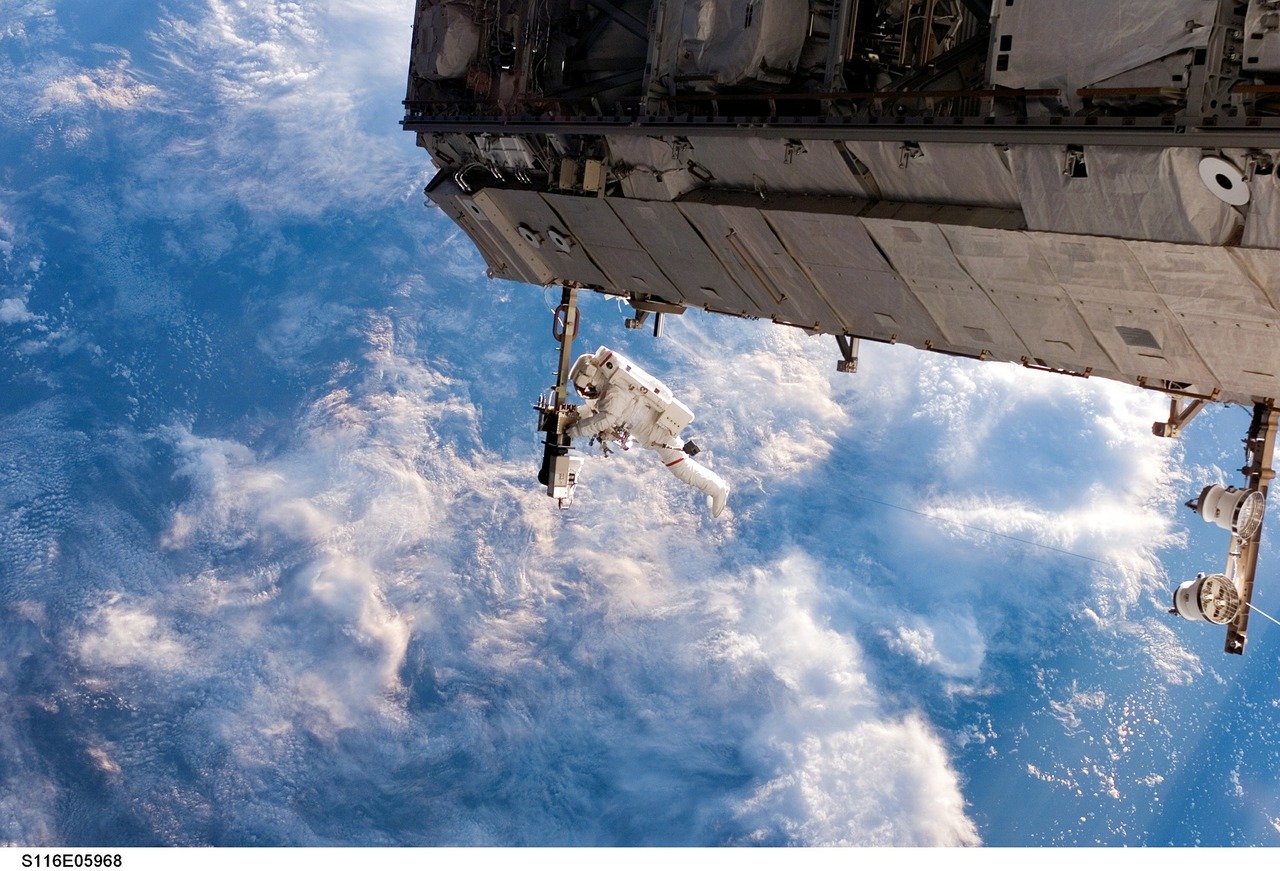My article entitled "Cartilage breakdown in microgravity—a problem for long-term spaceflight?" was published in the journal npj Regenerative Medicine. The Nature Research team had a few questions about the article, which I have answered below.
How did you become involved in the area of regenerative medicine, and in particular how it relates to space flight?
I am interested in how musculoskeletal tissues respond to damage. Mammals have a limited capacity to regenerate tissues with the dominant response being a fibrous ‘patching of lesions. Regeneration, on the other hand, involves restoration of cellular organization and tissue architecture to the pre-injury state. Authentic regeneration is much more common among lower vertebrates such as newts, salamanders and fish where composite structures--e.g. limbs and tails--can be grown anew.
Except for tissue such as liver and skeletal muscle that have the ability to seamlessly regenerate, mammalian tissues tend to heal via fibrous repair, rather than regenerative, pathways. However, recent findings suggest that some mammalian tissues have a latent ability to regenerate. Certain strains of mice (MRL, LG) appear to scarlessly regenerate multiple tissues following injury including complete ear biopsy punch holes. Our studies have demonstrated that cartilage, a tissue that heals poorly, can be restored in these mice. These experiments are of intense interest because of the possibility of discovery--and perhaps therapeutic manipulation--of genes that specifically promote a regenerative response.
Musculoskeletal tissues require constant biomechanical loading for maintenance. Unsurprisingly, exposure of these tissues to the unloading environment of microgravity results in tissue breakdown. The catabolic effects of microgravity on bone and skeletal muscle have been observed since the early days of spaceflight but its effect on other skeletal elements--including cartilage--has yet to be investigated.
This deficit is important to address. Disabling joint injuries have the potential to disrupt future spaceflights--especially as our range of travel expands and missions grow longer. However, as every Orthopedic surgeon knows, articular cartilage lesions heal poorly and damaged cartilage is typically replaced with biomechanically inferior fibrocartilage. This inadequate healing accelerates osteoarthritic changes. We argue that, in addition to immediate joint pain and disability, significant irreversible cartilage degradation due to space travel may have long term health consequences for flight personnel.
Is it known why the regenerative capacity of cartilage is so poor and why is it a clinical problem on Earth?
Cartilage is an avascular and aneural tissue with the vast majority of the volume occupied by dense matrix collagen II and aggrecan. It is likely that this largely acellular environment prevents reparative cells from accessing damaged areas. As the matrix further degrades, the tissue loses its structural integrity and runaway cartilage destruction occurs. After this 'tipping point' there are too few chondrocytes to synthesize new matrix. The end result is total cartilage destruction and painful bone-on-bone contact.
What effects do you hypothesize microgravity will have on cartilage breakdown?
Our preliminary findings from mouse spaceflight studies suggest that articular cartilage begins to degrade following exposure to microgravity. This is consistent with the widely held view that cartilage requires biomechanical loading for tissue maintenance and that once intermittent loading is removed, tissue degradation occurs.
How do results in under microgravity conditions translate to the real world down here on Earth?
The early cellular and molecular events in cartilage degradation are poorly understood representing a major gap in knowledge. By the time patients present to clinic, cartilage degradation is often so severe that little can be done to restore the lost tissue. There is an urgent need for early osteoarthritis biomarkers to enable earlier clinical intervention, when the prevention of tissue breakdown may be possible. In addition, the identification of cellular and molecular pathways that are activated in the early stages of cartilage loss will provide clinically-relevant insights for the development of novel therapies for the treatment of pre-symptomatic osteoarthritis.
What other effects do you think radiation will have on tissue regeneration?
It is unclear at the present time because all recent microgravity studies have been conducted on Shuttle flights, the ISS and unmanned craft within Low Earth Orbit. The ISS orbits at an altitude of 100 miles which is well inside the Van Allen Belt that shields the Earth from solar and interstellar radiation.
With efforts underway to send humans to Mars, the interplay between radiation and microgravity and the effects on human health is an important issue to address and one that NASA is very interested in exploring further.
What are the future studies that you would like to conduct under microgravity conditions?
Since musculoskeletal tissues are acutely sensitive to biomechanical loading, the use of partial gravity as a countermeasure should be explored. It is entirely possible that normal gravity (1G) is not required for tissue maintenance. For example, the gravity of Mars (0.38G), may be sufficient to preserve musculoskeletal health and this needs to be explored. Since there may be engineering or energy constraints on replicating 1G on a Spacecraft gravity should be titrated for (engineering/energy) efficiency and maximum biological effect.
In terms of regeneration and repair, the musculoskeletal tissues that have received most attention (bone and skeletal muscle) are the ones that directly impact operational duties. This is appropriate. However, I argue that that the long-term health of flight personnel needs to be factored in and tissues that are likely to repair or regenerate poorly should be investigated. These are the tissues, such as the load-bearing cartilages, that are likely to suffer permanent damage as a consequence of spaceflight on top of possible in-flight health impacts.





Please sign in or register for FREE
If you are a registered user on Research Communities by Springer Nature, please sign in